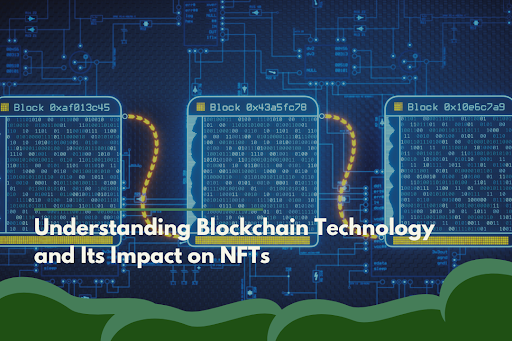Blockchain technology has a relatively short history and has gone from a novelty idea to the backbone of contemporary digital transformation across such fields as finance, supply chain, and the world of NFTs. Considering the further development of blockchain technology as a framework for the further evolution of digital assets, including tokens, knowledge of the basics and an analysis of its impact on NFTs is crucial.
Practical Applications of Blockchain
In other words, blockchain can be considered as an open record of multiple transactions on multiple computers that cannot be easily altered without the consent of all the parties concerned. In each case, the transaction is grouped into a block and then incorporated into a chain as are the other transactions in a chronological sequence. Blockchain bases its structure on the elimination of intermediaries and thus increases its efficiency.
One of the most significant characteristics of blockchain is that of it carries the record of ownership in an unchangeable manner. This characteristic has led to it being used as the best way of overseeing and authenticating NFTs and other digital properties.
NFTs: A Revolution in Digital Ownership
NFT is a token, which has many similarities to the cryptocurrencies but is also associated with an individual product or service and most frequently refers to the artworks, music, or any other type of digital content. While Bitcoin, Ethereum, and other tokens are homogenous products that can be traded on an individual and one to another, the NFTs are unique products that have value in the digital world.
NFTs are built utilizing the blockchain technology in the creation and distribution processes. Due to blockchain, every NFT has its record on decentralized networks, making it harder for anyone to falsify the ownership of a given NFT. This has left artists, creators, and collectors positively with digital content in giving them another market through which they can make their money, and investors too have embraced the opportunities offered by online content.
The Impact of Blockchain on NFTs
Blockchain has also help creators by allowing them to sell their work and interact directly with the Customers. This has greatly decreased the use of middlemen thus increasing artist’s returns and autonomy over their art. Similarly, since blockchain information is open, the history of the ownership of an NFT is well documented and brings credibility to the transaction.
Today there are social media programmes such as Bermuda Unicorn that stands at the middle of this revolution. Since Bermuda Unicorn is an NFT marketplace, it ensures that its platform is safe and convenient to use to buy, sell, and trade in NFT. Whether an artwork creator is interested in turning art into a ‘tradable form for NFT or a collector in search of fresh ways to invest, Bermuda Unicorn is your playground that never sleeps, and the potential is vast.
Conclusion
The advancement in technology through the launching of the blockchain cannot be overemphasized especially in NFTs. Through assurance of security, transparency, decentralization, blockchain has given rise to NFTs as a useful force for ownership and arts. Since platforms such as Bermuda Unicorn are only evolving, the future of NFTs in the market can be seen as very promising for other creators and buyers from around the globe.

